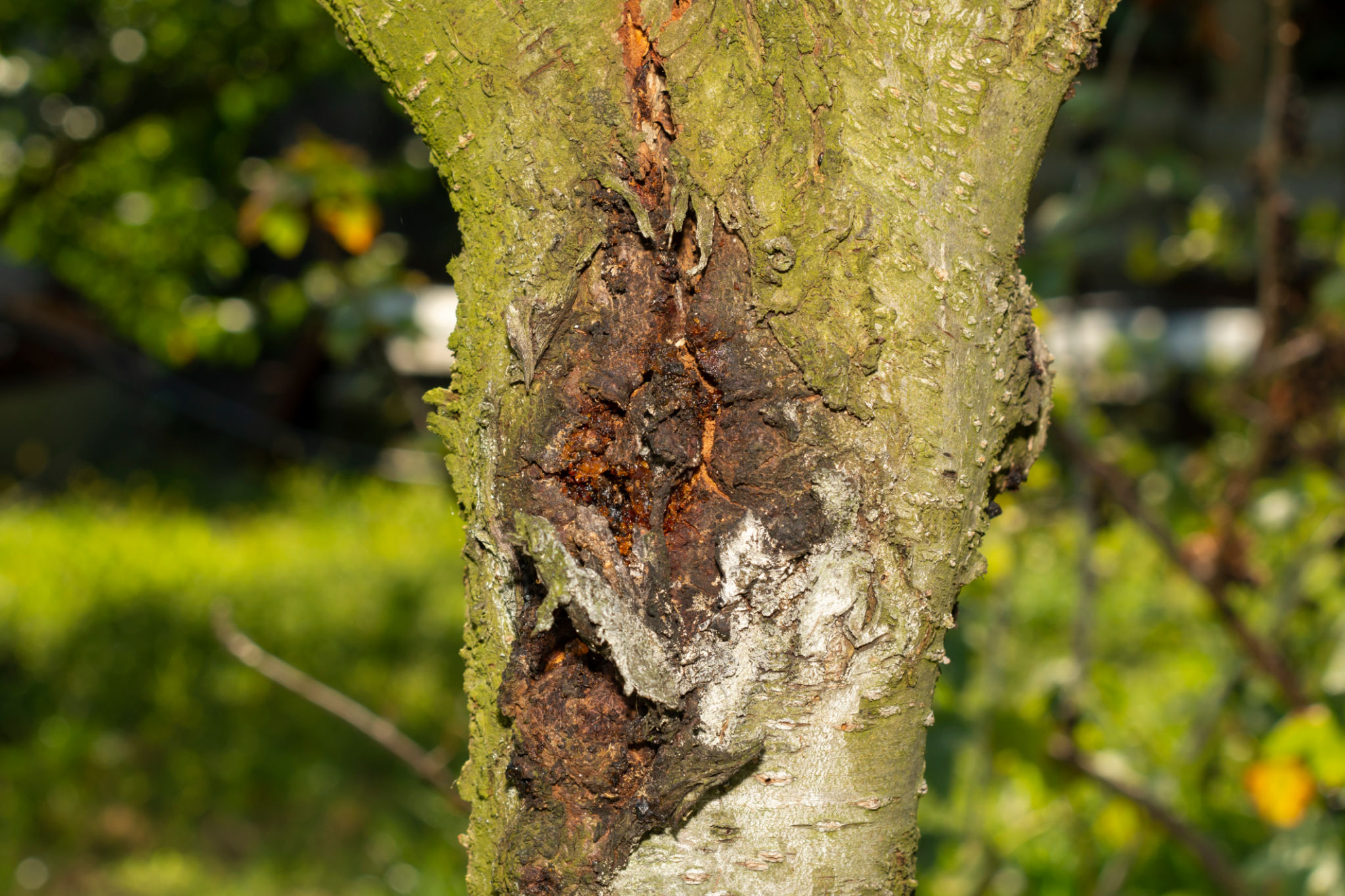Common Tree Diseases in Wichita and How to Prevent Them
Understanding Common Tree Diseases in Wichita
Wichita's lush landscapes and diverse tree species create a beautiful environment, but they are also susceptible to various tree diseases. Understanding these diseases is crucial for maintaining the health and aesthetics of your trees. In this guide, we'll explore some of the most common tree diseases in Wichita and provide tips on how to prevent them.

Anthracnose
Anthracnose is a widespread fungal disease that affects many types of trees, including ash, oak, and maple. This disease is characterized by dark lesions on leaves and can cause premature leaf drop. It thrives in wet conditions, making springtime in Wichita a prime season for its development.
Prevention: To prevent anthracnose, ensure your trees are well-spaced to promote air circulation. Remove and dispose of infected leaves and branches promptly to minimize the spread. Regularly prune trees to maintain their health and structure.
Oak Wilt
Oak wilt is a serious disease affecting oak trees, often leading to rapid decline and death if not addressed promptly. The disease is spread by beetles and through root grafts between trees. Symptoms include leaf discoloration and wilting.
Prevention: Avoid pruning oaks during the growing season when beetles are active. Instead, prune during the dormant months. Using wound dressings on pruning cuts can also help prevent infection.

Emerald Ash Borer
The Emerald Ash Borer (EAB) is a destructive pest that targets ash trees. The larvae feed on the inner bark, disrupting the tree's ability to transport water and nutrients. This often leads to tree death within a few years if untreated.
Prevention: Regular monitoring for signs of infestation, such as canopy dieback and bark splitting, is crucial. Insecticide treatments can be effective if applied early. Additionally, promoting diversity in your landscape by planting different tree species can reduce the impact of EAB.
Cedar-Apple Rust
Cedar-apple rust is a fungal disease that requires two host species, typically affecting both cedar and apple trees. It manifests as yellow or orange spots on leaves and can lead to premature leaf drop.
Prevention: Remove galls from cedar trees in late winter or early spring before they release spores. Plant resistant varieties of apple and cedar when possible, and maintain proper spacing between susceptible species.

Regular Maintenance Tips
Maintaining tree health is essential for preventing diseases. Here are some general maintenance tips:
- Watering: Ensure trees receive adequate water during dry spells, especially young or newly planted trees.
- Mulching: Apply mulch around the base of trees to retain moisture and regulate soil temperature.
- Fertilization: Provide nutrients through proper fertilization based on soil tests.
Conclusion
Trees are vital components of Wichita's ecosystem, providing shade, beauty, and environmental benefits. By understanding common tree diseases and implementing preventive measures, you can help protect these valuable natural resources. Regular inspections and proactive care will ensure that your trees continue to thrive for years to come.
